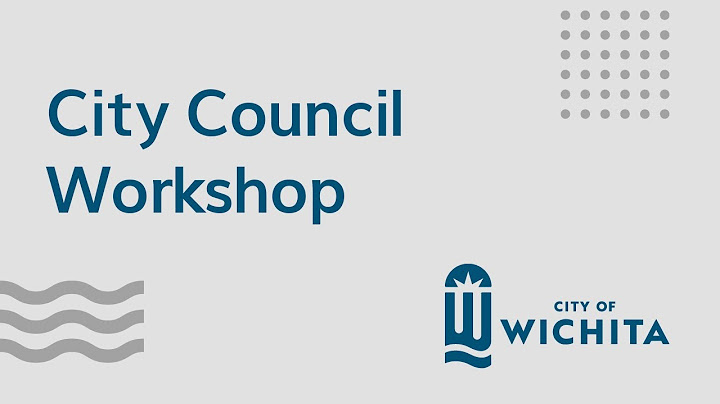Chapter Study OutlineIntroduction Show Public opinion—citizens’ attitudes about political issues, leaders, institutions and events—serves as a political basis of support for contemporary politicians. Presidents, members of Congress, and even the Supreme Court must take account of public opinion in their efforts to govern and to make and implement policy. As the standard by which we judge the strength of American democracy, public opinion—its origins, its development, and its influence—is a key concern of modern political science. Operating at both the individual level and the collective level, public preferences are quite complex. Understanding the origins of public opinion, the state of contemporary public knowledge about politics, and the ways that political elites shape and measure public opinion are the key aims of this chapter. 1. What Is Public Opinion? What is public opinion? How is it expressed? What are the most common topics on which people hold political opinions? To what extent is the character of American public opinion best described as consensus-oriented or as evidence of polarization?
2. Origins of Public Opinion From where do Americans get their opinions about politics? What role does self-interest play in determining one’s political views? What are the most common sources of political socialization and how do they shed light on the differences in opinion that occupy American politics? What is the role of political ideology in organizing the political opinions Americans hold?
3. Public Opinion and Political Knowledge What is the state of political attentiveness and political knowledge among American citizens? What are the consequences of the current state of political knowledge in America?
4. Shaping Opinion: Political Leaders, Private Groups, and the Media What are the primary forces that seek to manipulate, influence, and otherwise shape public opinion? How do these forces go about shaping opinion? What is the nature of their influence?
5. Measuring Public Opinion What are the effects of measuring public opinion through polls? What are the techniques pollsters employ? How might those techniques sometimes lead to errors in measurement or to outright changes in public opinion?
6. How Does Public Opinion Influence Government Policy? What is the appropriate role for public opinion to play in a polity that values both democracy and republicanism? In what ways do politicians govern for us? How can we make policy for ourselves?
Why is public opinion important to government officials quizlet?Why is public opinion important? It guides government action, influences public policy, gives feedback to politicians. It gives self rule in democracy. Opinions are not fixed, they change as new information arise from interests groups, politicians, new administrations etc....
How does public opinion polls influence elections and the actions of politicians quizlet?Public Opinion is a vital part of the political process. It identifies issues for resolution, brings views into political debate, helps choose the political candidates, and gives policymakers some idea of what the voters want.
What is the form of opinion known as public opinion quizlet?(pg266)Political scientist; defined public opinion more specifically as "those opinions held by private persons which the government finds it prudent to heed". voting, political rallies and protest rallies, news media, public opinion poll.
What are public opinion polls used for quizlet?Legislators, politicians, and presidents use public opinion to shore up their own arguments. It proves a kind of evidence for their point of view. If the results of the polls do not support their positions, they can either commission their own polls or ignore the polls.
|

zusammenhängende Posts
Werbung
NEUESTEN NACHRICHTEN
Wie lange hat der Vermieter Zeit die Kündigung zu bestätigen
1 Jahrs vor . durch EphemeralProceedingsWerbung
Populer
Werbung

Urheberrechte © © 2024 de.apacode Inc.


















